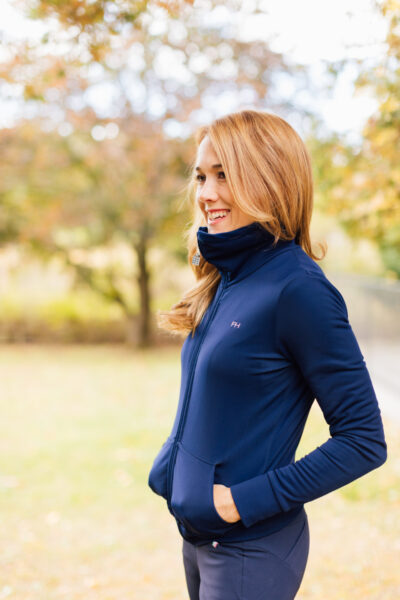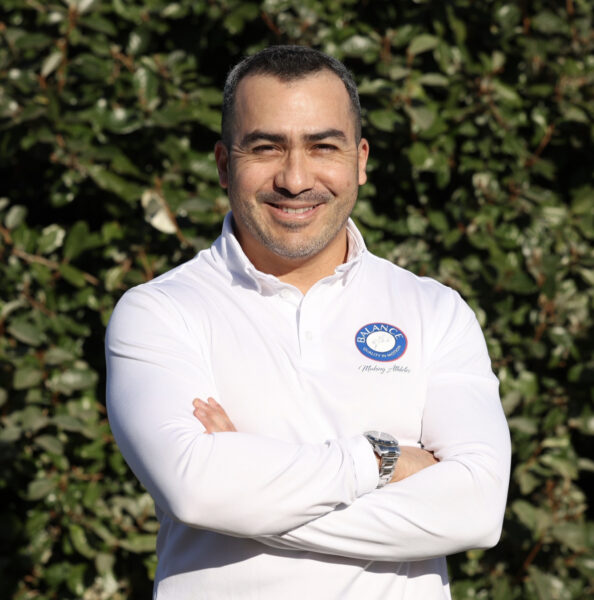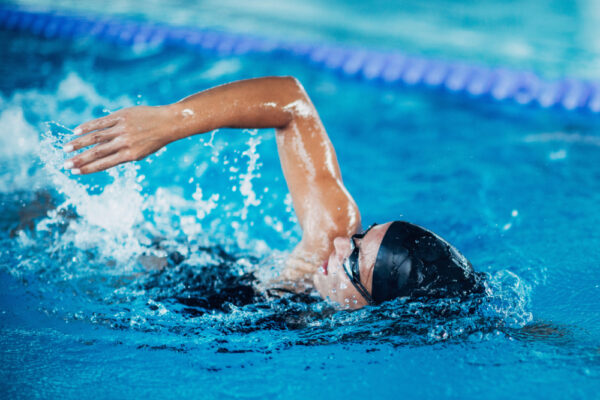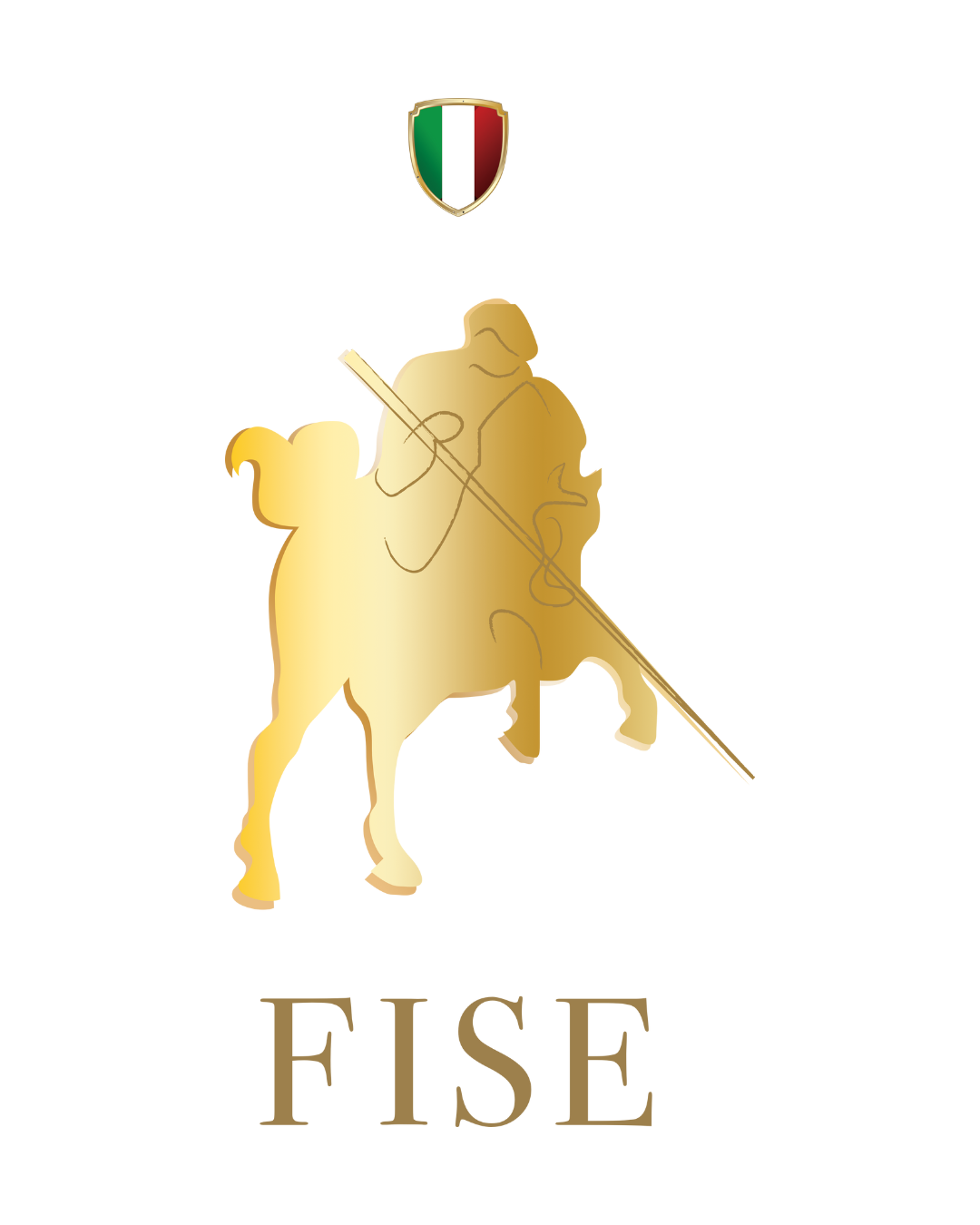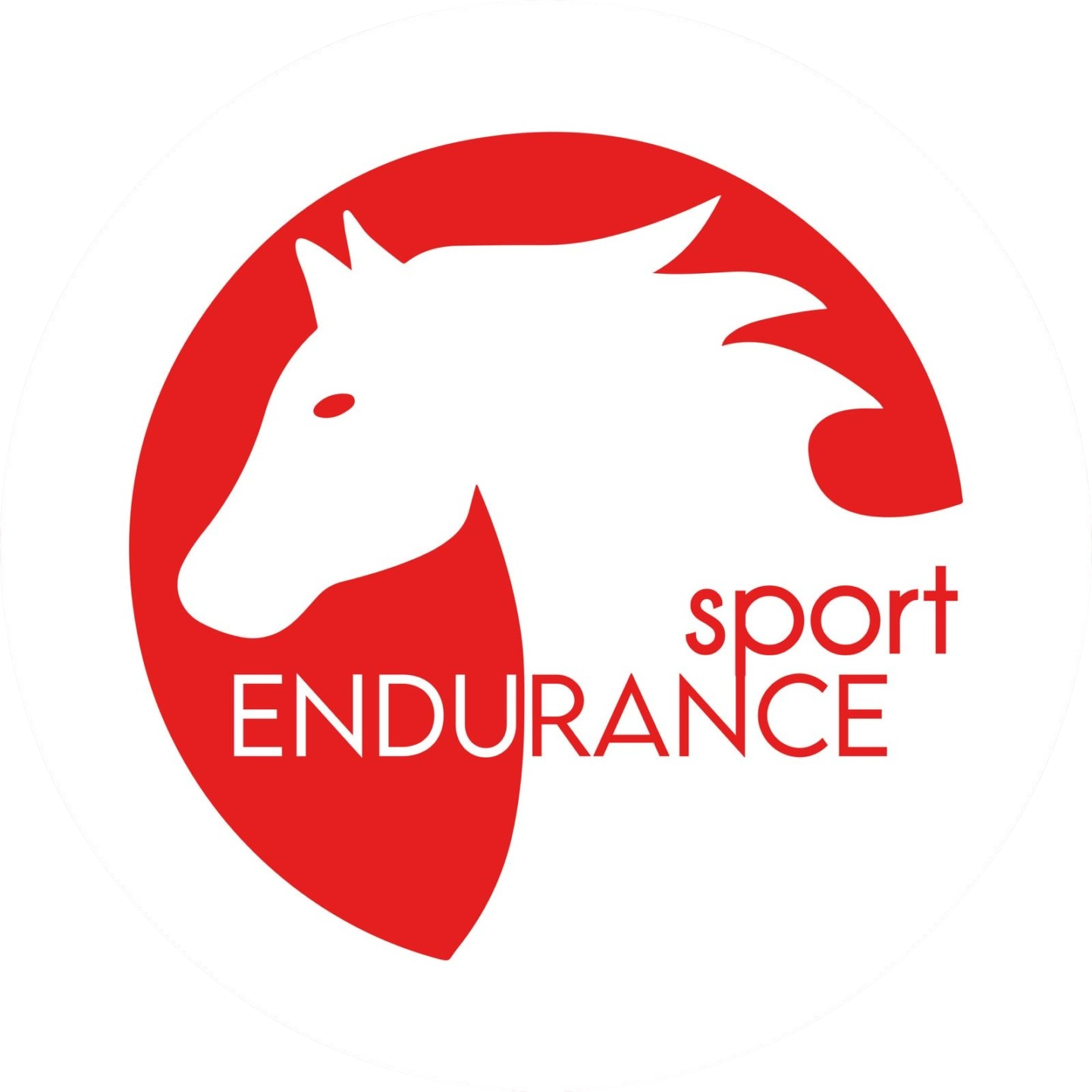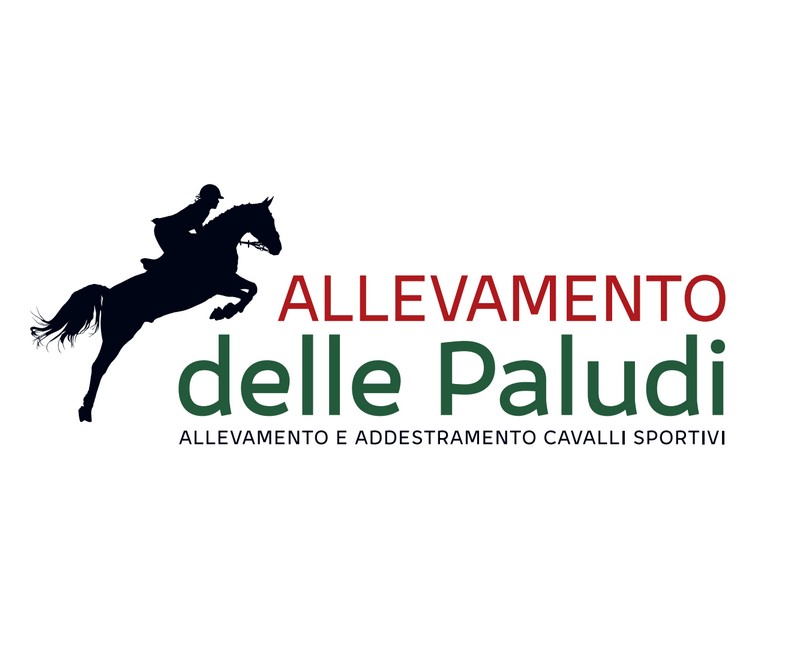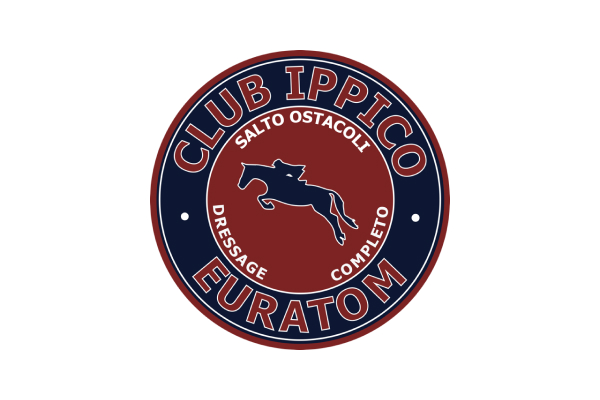
Enhancing Rider Stability: The Role of Functional Training and Coordination Exercises
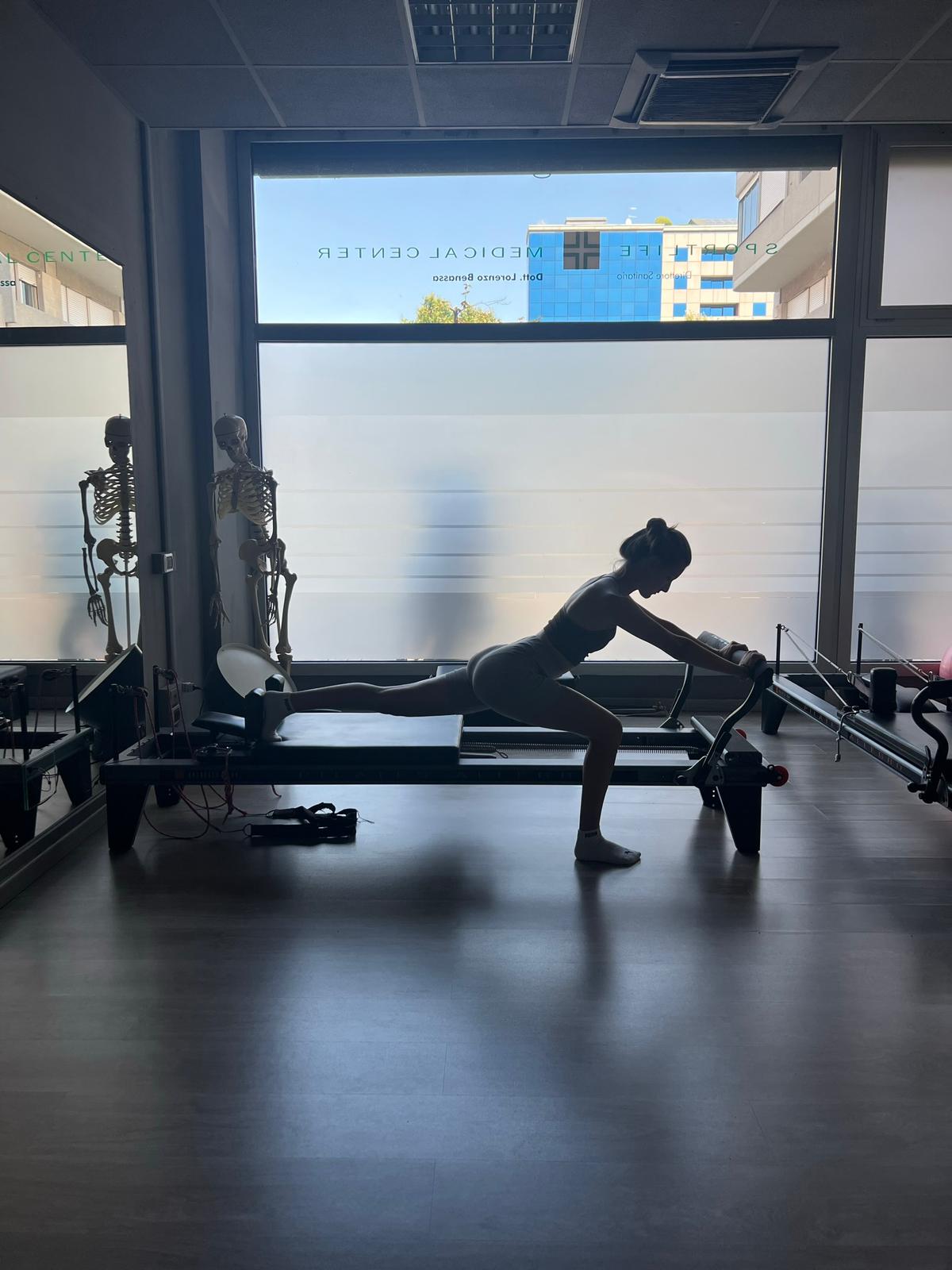
In the world of competitive riding, much of the focus is placed on the horse’s training, nutrition, and overall well- being. However, the rider’s physical fitness and stability are equally crucial to achieving optimal performance.
Alessandra, a renowned expert in rider training, sheds light on how targeted exercises can significantly enhance a rider’s posture, stability, and overall effectiveness in the saddle.
Understanding the Importance of Rider Fitness
Functional training and coordination exercises are pivotal for riders. Alessandra emphasizes that riders should prioritize training that improves balance, proprioception, stability, and reaction time. Unlike general strength training, these exercises focus on the specific needs of riders, ensuring that their posture and movements in the saddle are optimized.
“Nowadays, it’s fundamental to have a trainer who understands the specific needs in the saddle and focuses on posture quality and movement,” Alessandra explains. “Instead of general strength training or muscle mass building, riders should concentrate on coordination skills.”
Addressing the Common Neglect of Rider Fitness
Many riders tend to neglect their own fitness, investing heavily in their horses but overlooking their physical health. This neglect often leads to significant physical issues as they age. Alessandra highlights the importance of riders
prioritizing their own well-being to ensure a prolonged and successful career in the saddle.
“Exactly, many riders focus solely on their horses, often leading to significant physical issues by their 40s or 50s. Riders need to prioritize their own well-being to prolong their careers in the saddle,” she says.
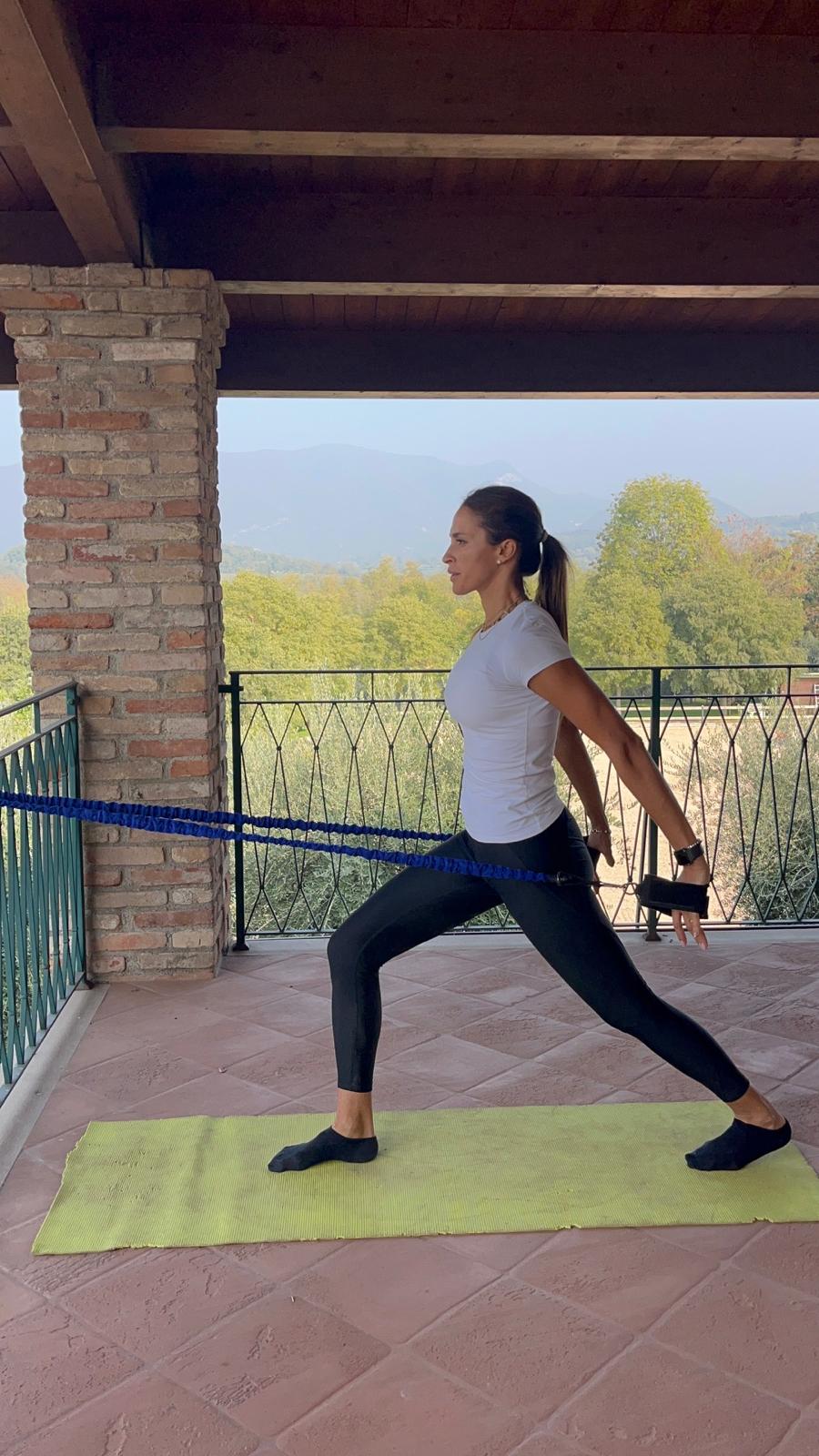
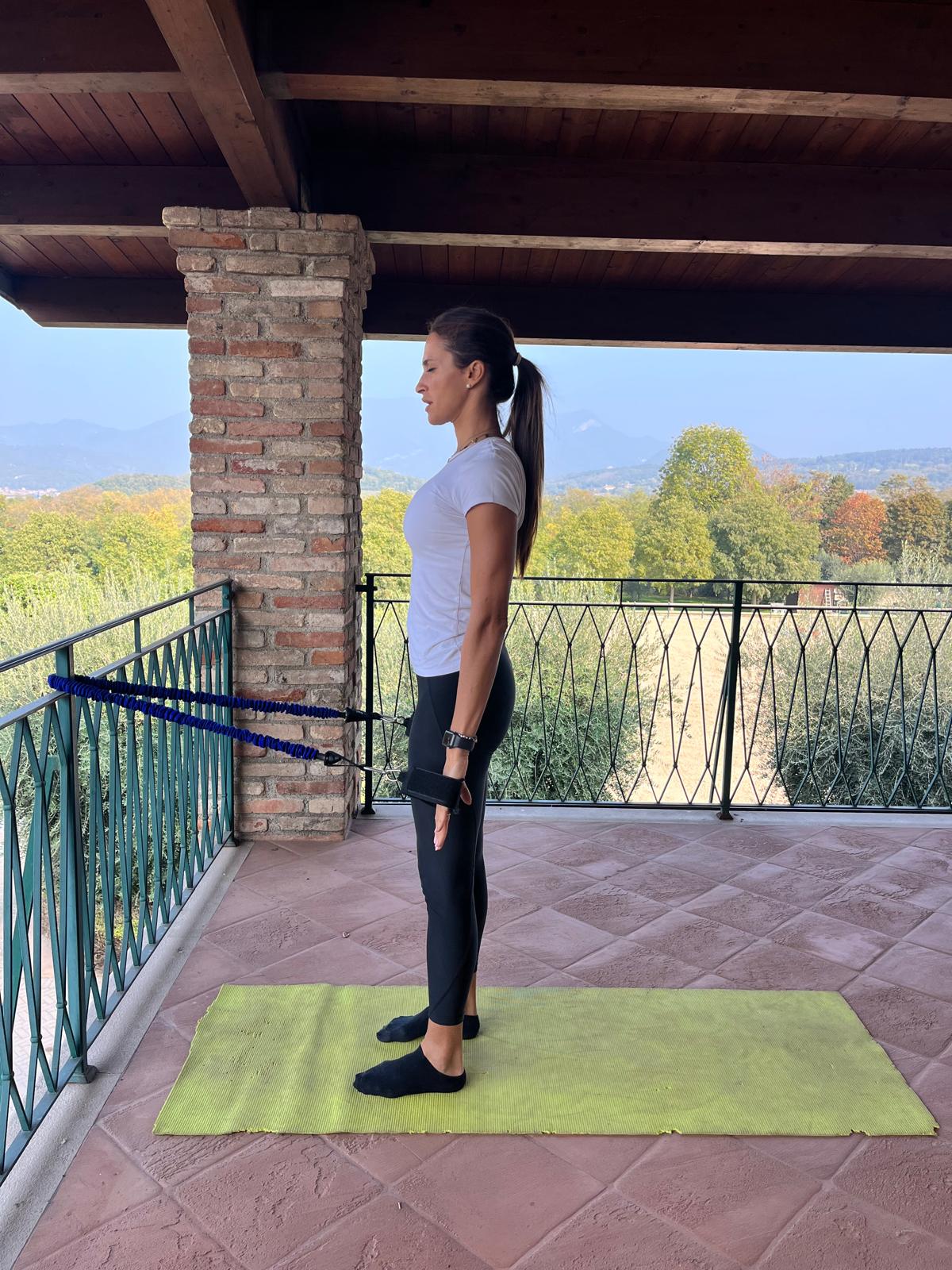
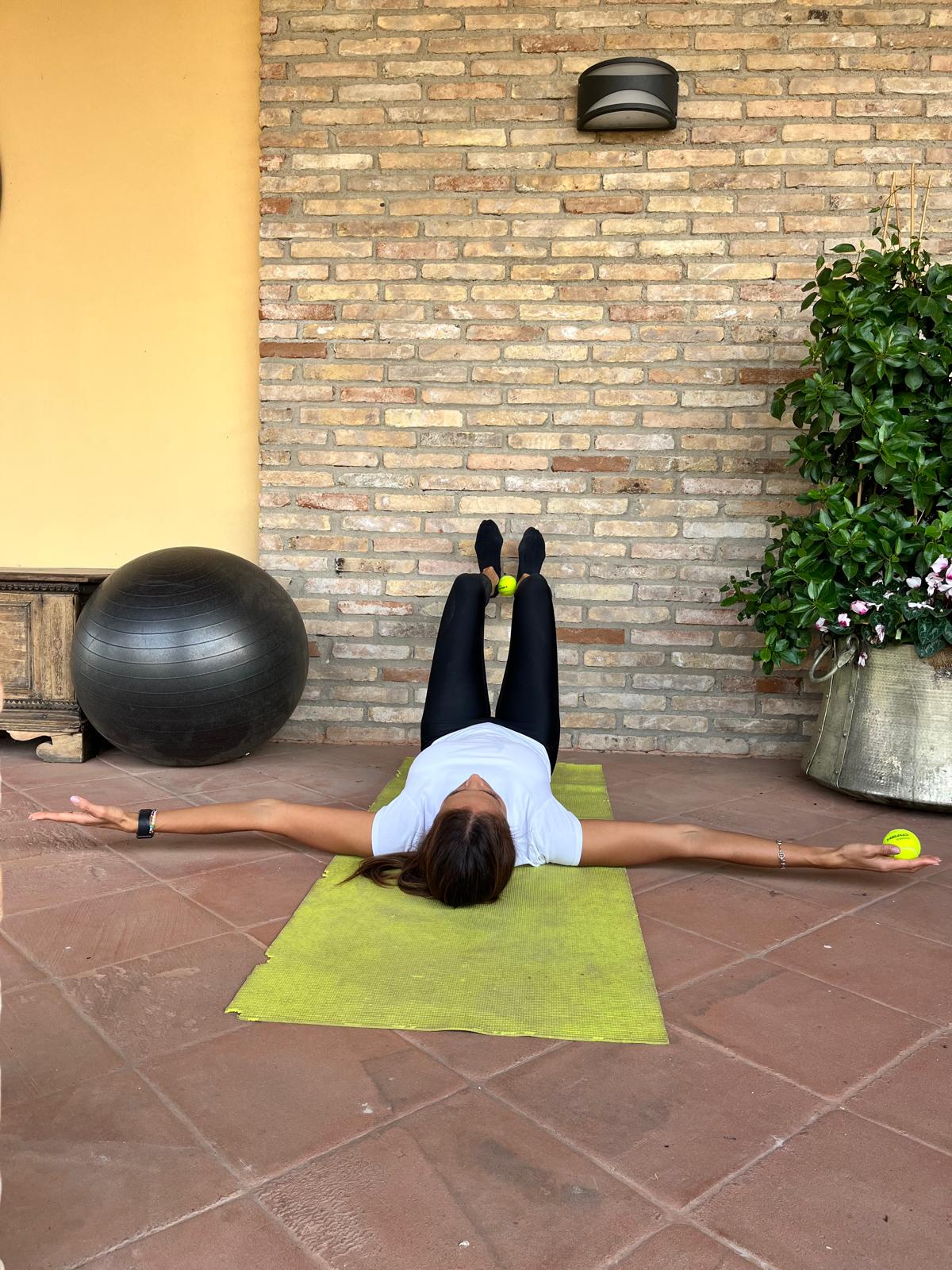
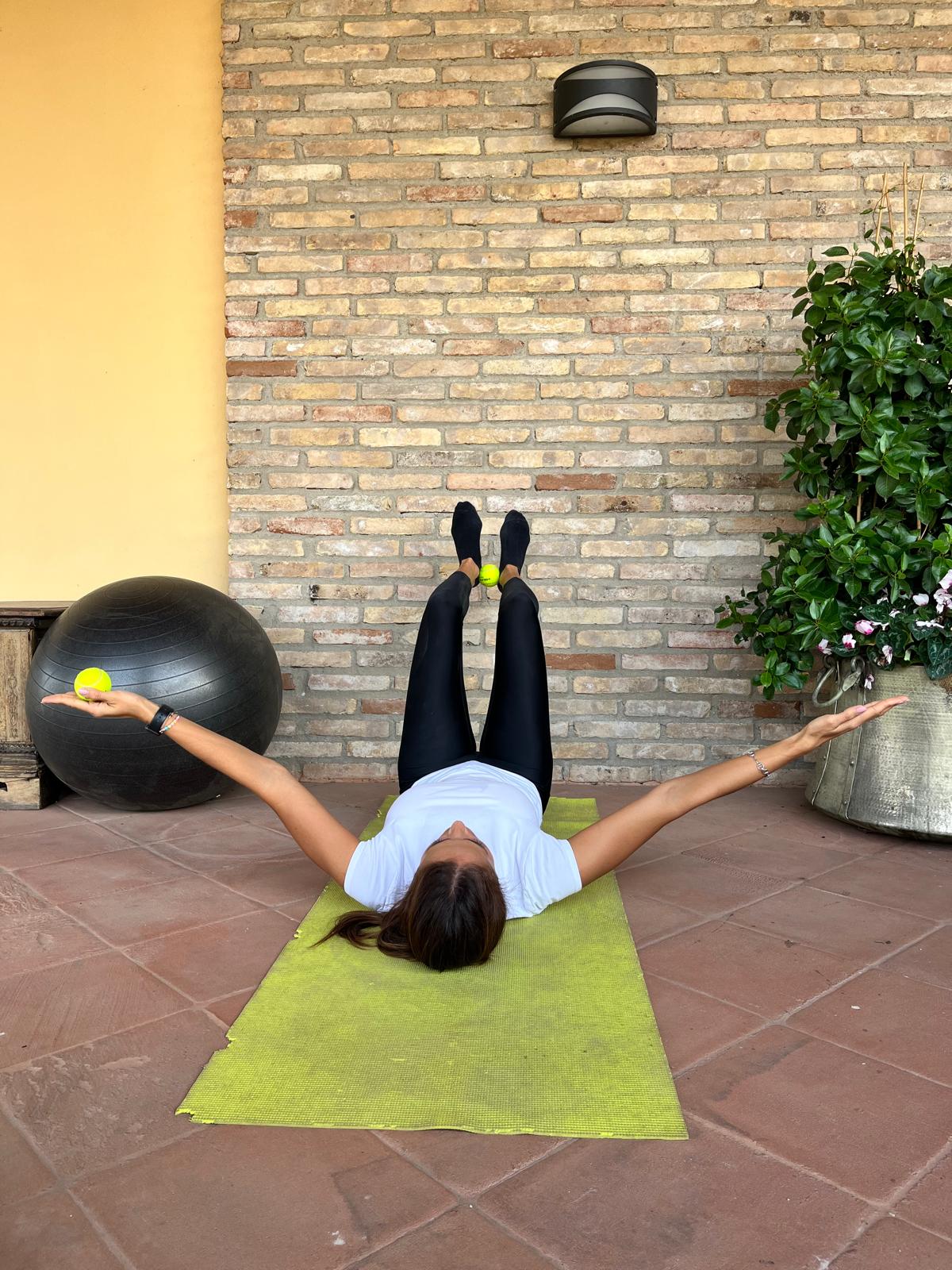
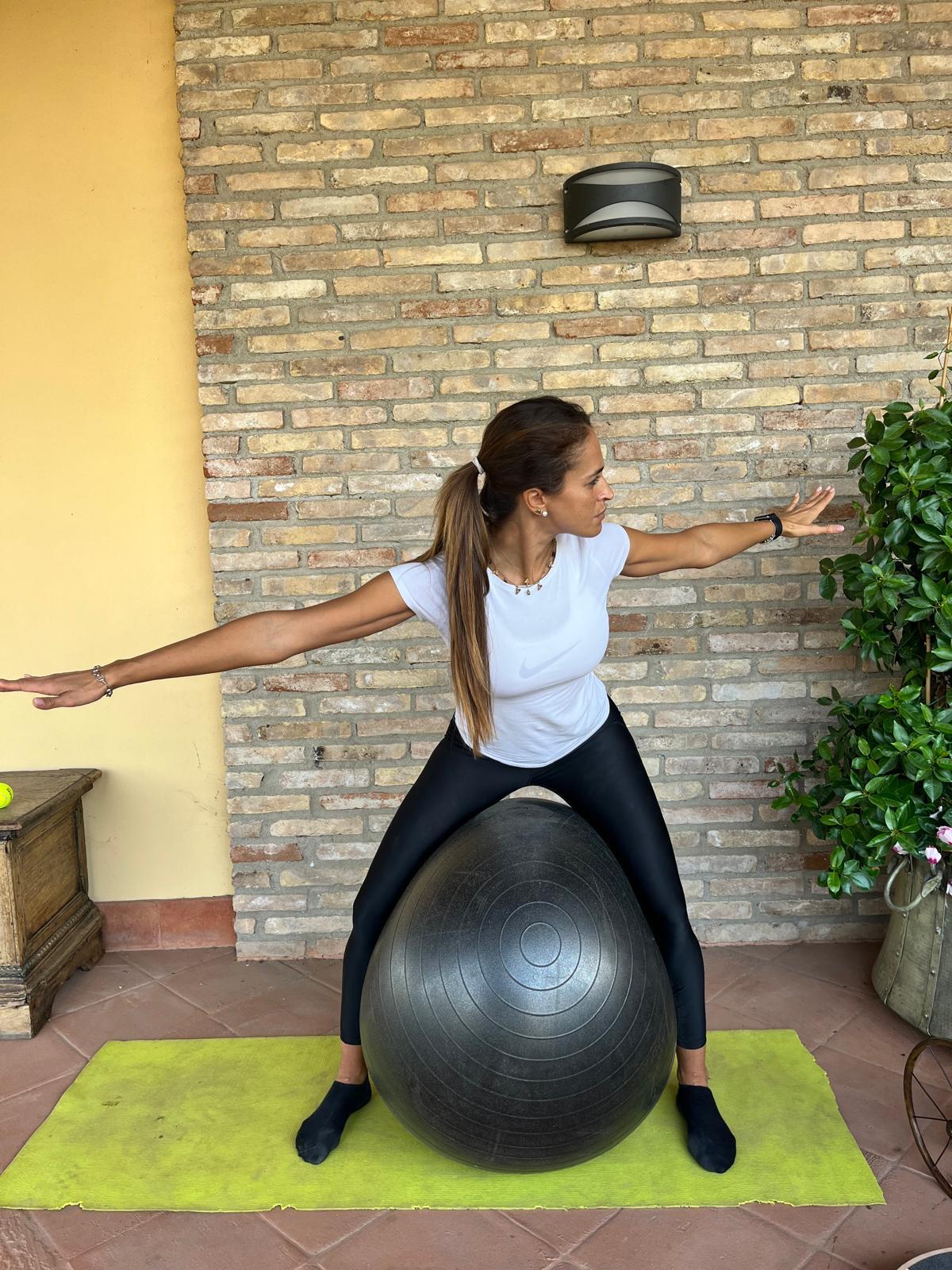
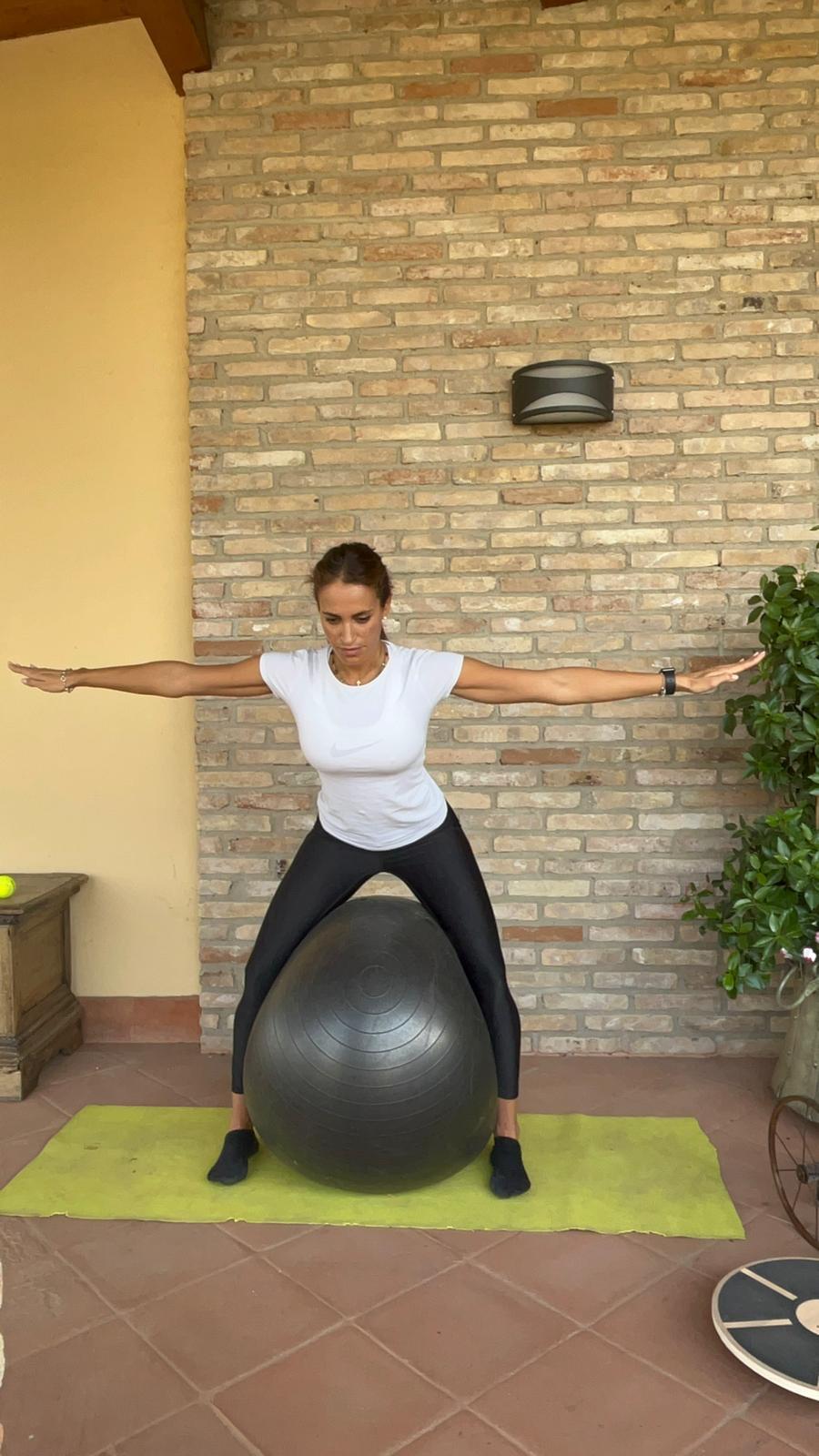
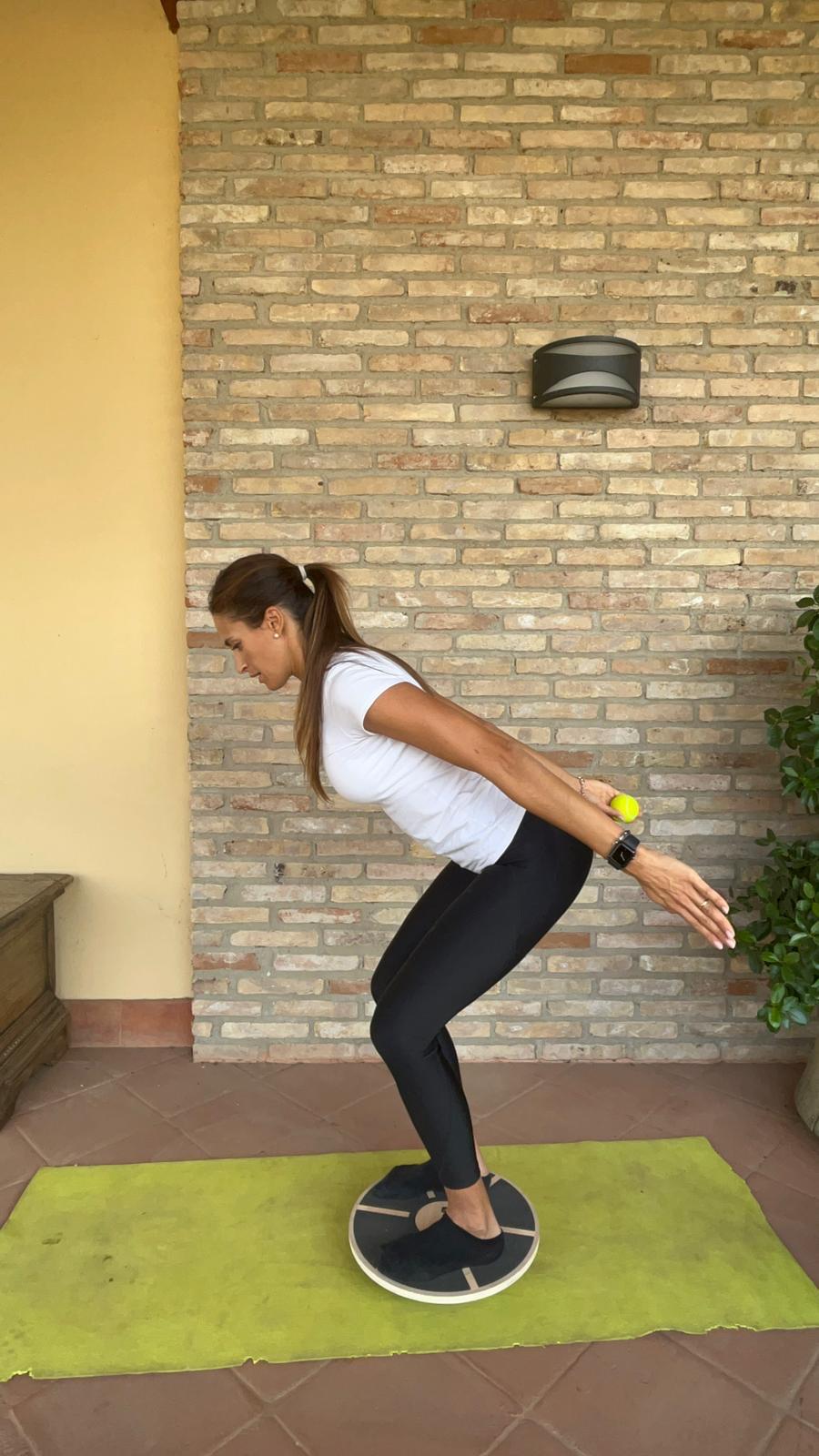
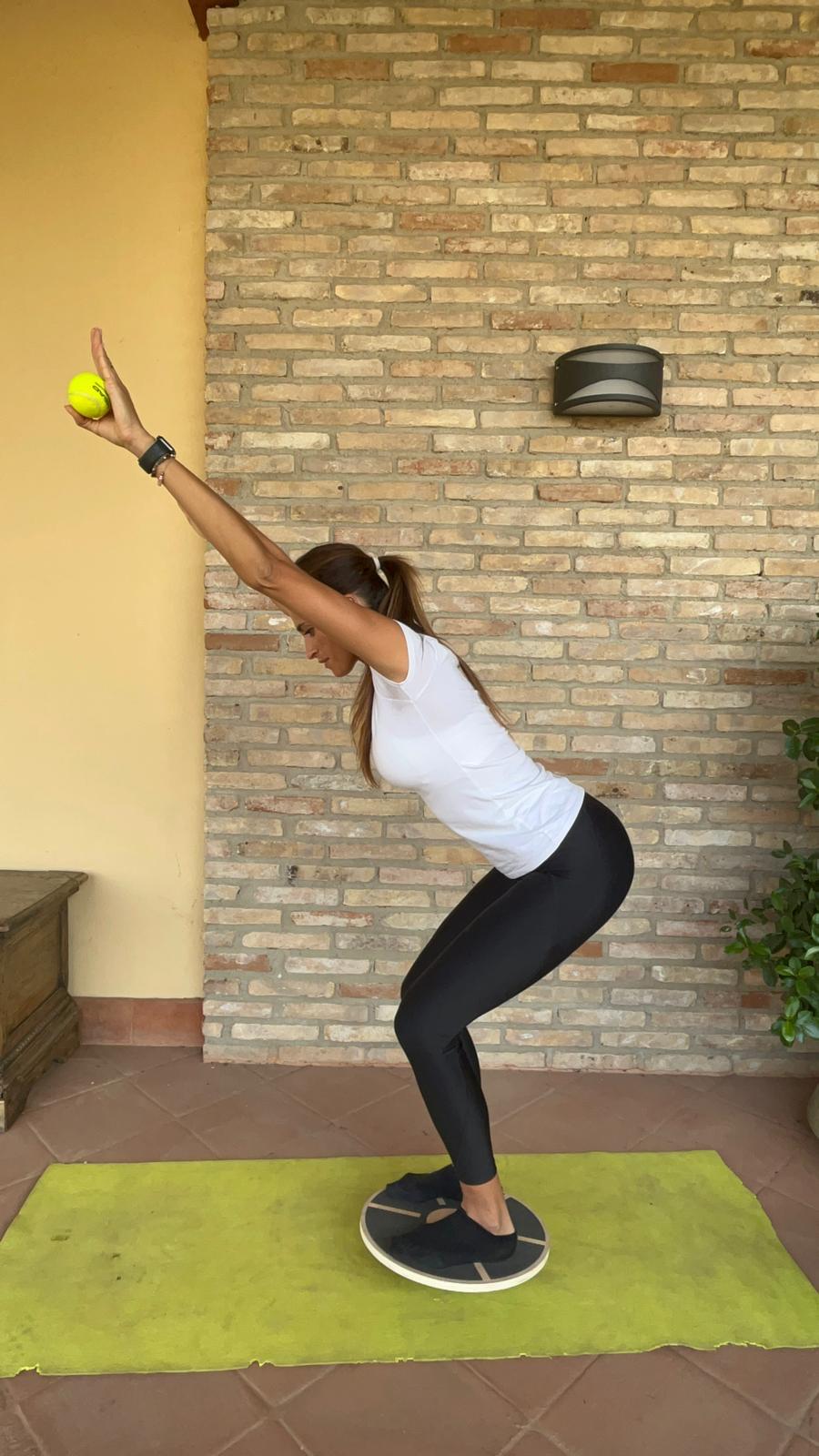
Customized Training Plans for Riders
Alessandra’s approach involves creating customized training plans based on a thorough analysis of the individual rider. This personalized approach takes into account any existing pathologies or postural issues, ensuring that the exercises are tailored to the rider’s specific needs.
“My role is to create customized training plans based on a thorough analysis of the individual, considering any existing pathologies or postural issues. Generic gym workouts aren’t suitable; a rider’s training must be specific to their needs,” she explains.
Recommended Exercises for Riders
One of the key components of Alessandra’s training regimen is a focus on exercises that improve coordination and stability. These exercises are designed to enhance a rider’s ability to maintain a correct posture and respond effectively to the movements of the horse.
“One exercise I often recommend is balance training on unstable surfaces, which helps improve proprioception and stability. Additionally, exercises that mimic riding movements can help enhance coordination and reaction time,” Alessandra suggests.
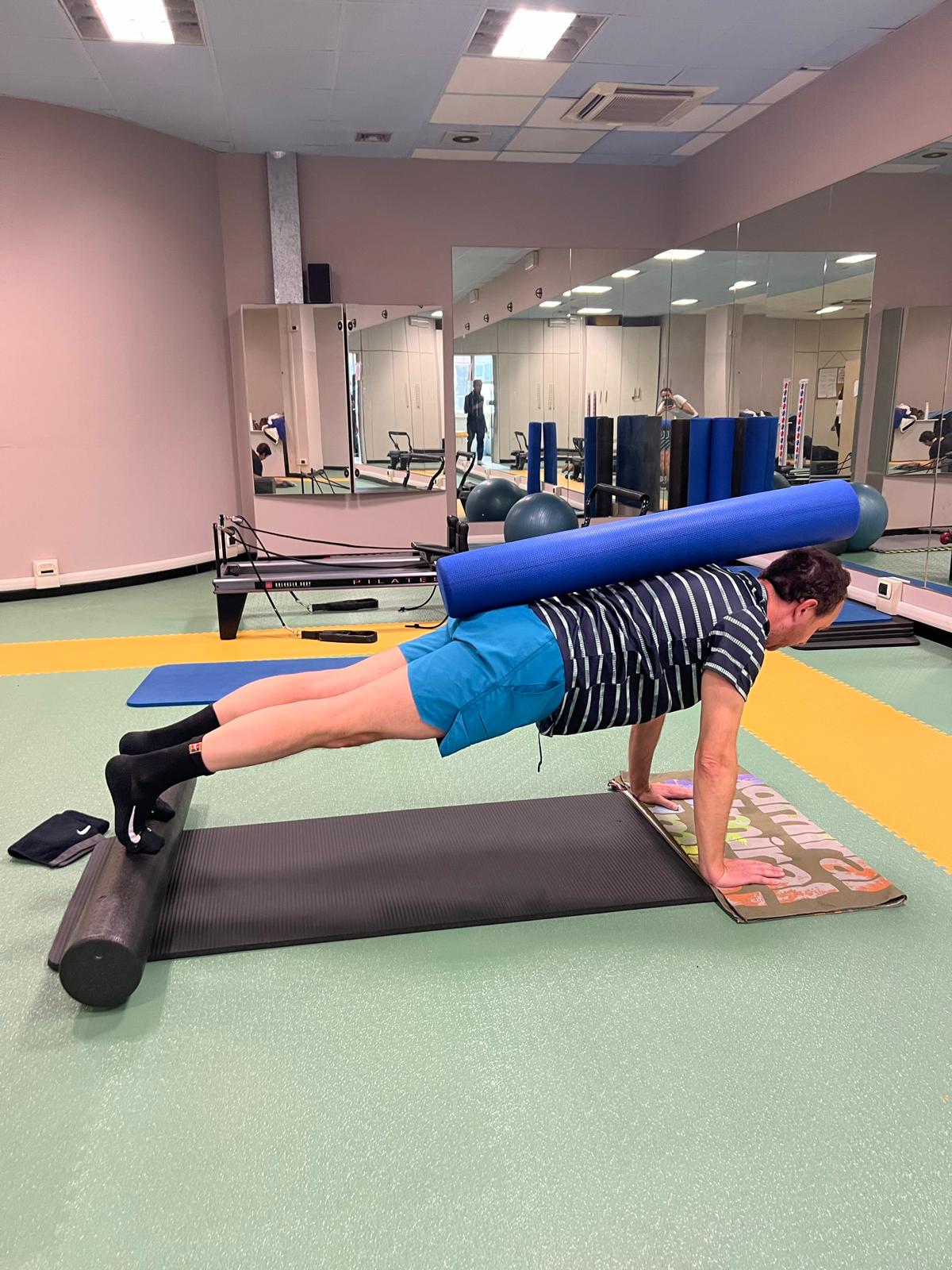
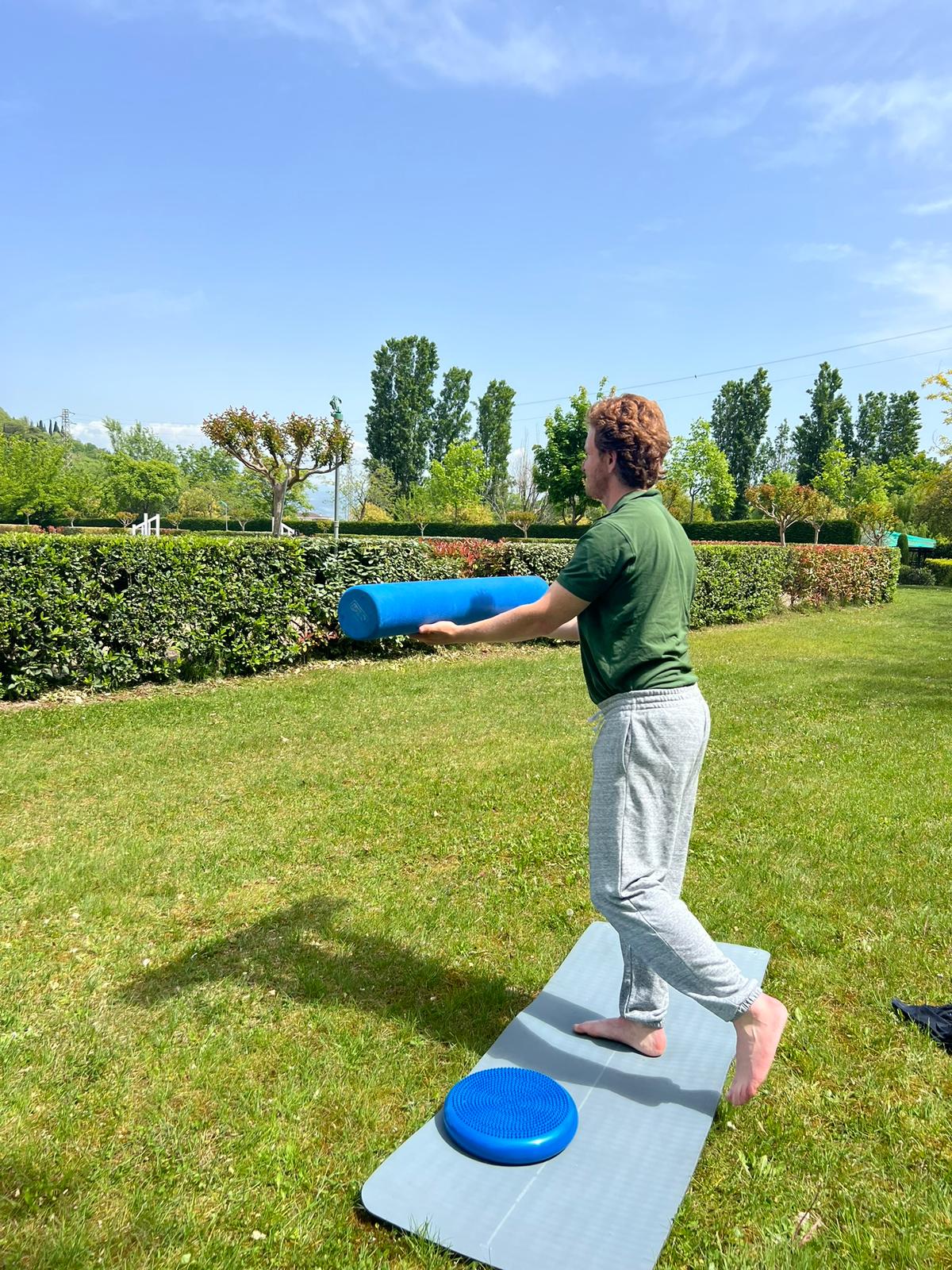
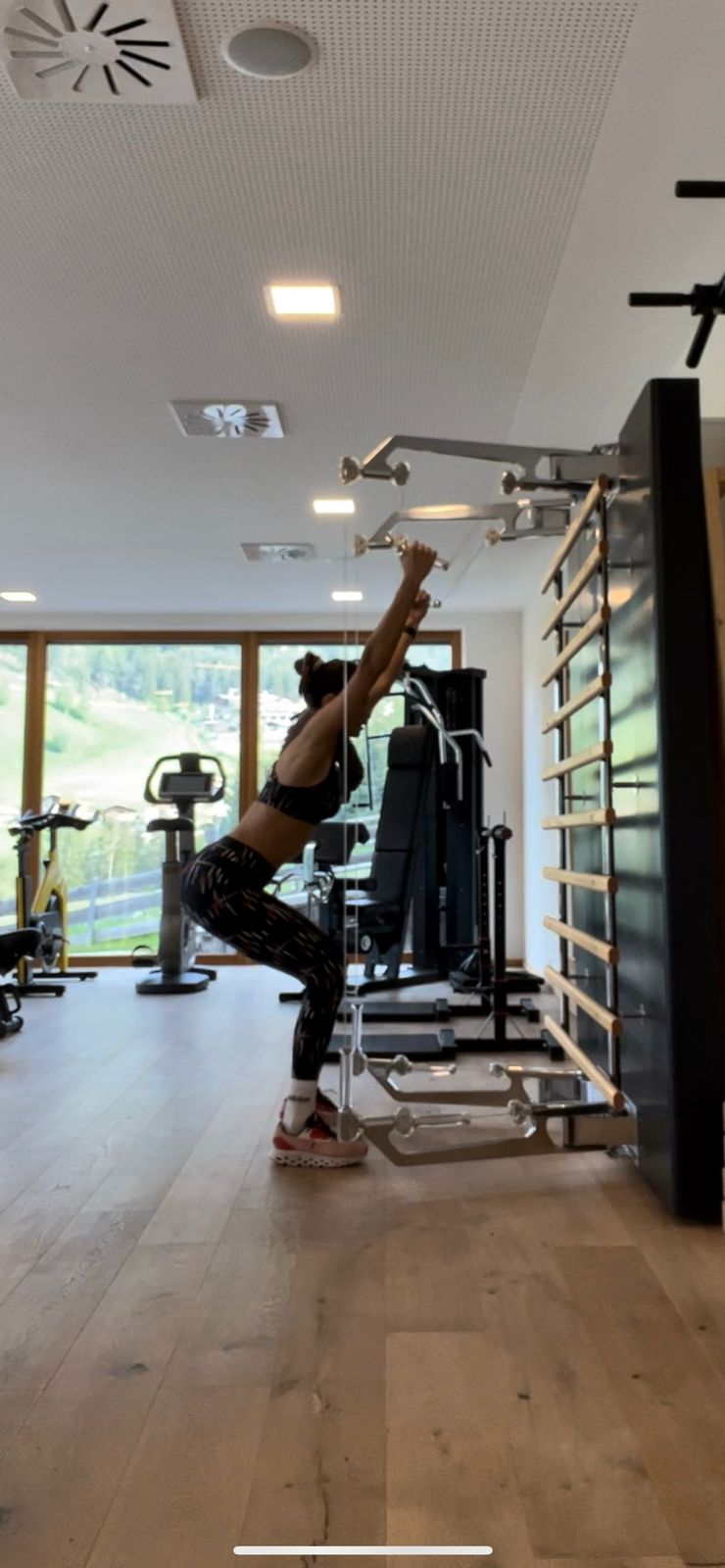
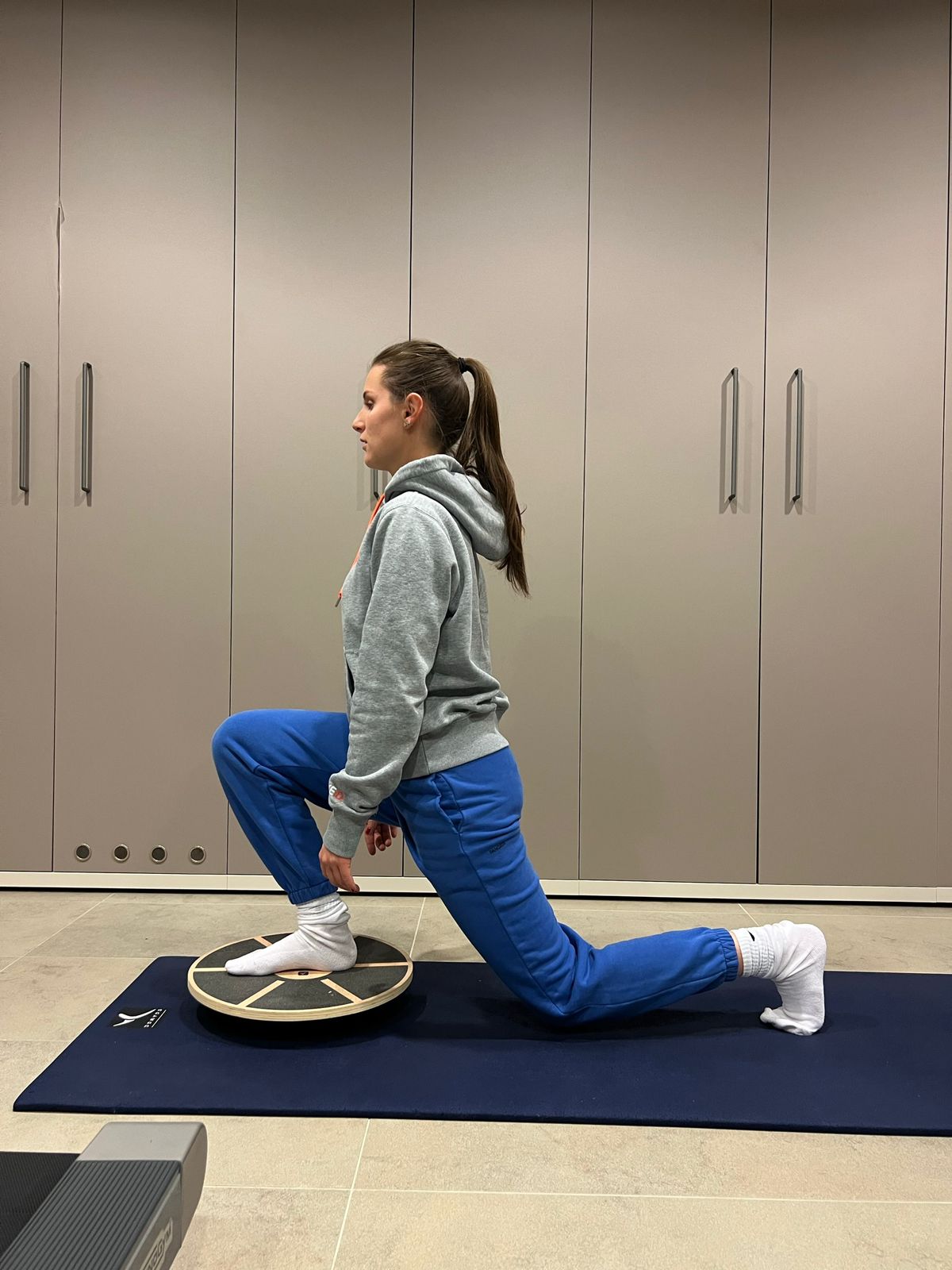
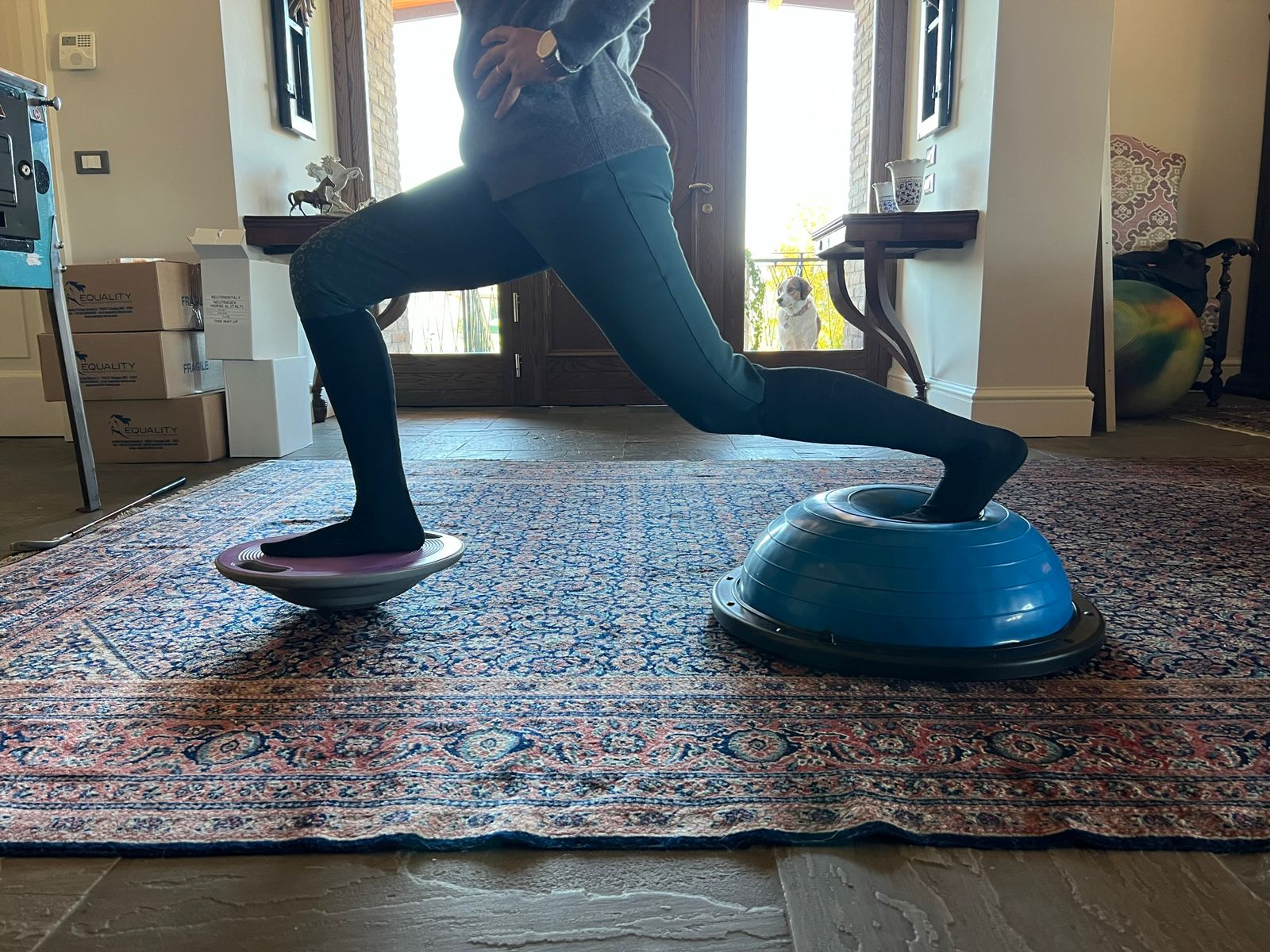
The Path to Enhanced Performance
By incorporating functional training and coordination exercises into their routines, riders can significantly improve their posture, stability, and overall performance in the saddle. Alessandra’s approach underscores the importance of a balanced focus on both the rider and the horse, ensuring that both are in peak condition for competition.
In conclusion, rider fitness is a critical but often overlooked aspect of competitive riding. Through targeted exercises and customized training plans, riders can enhance their stability and effectiveness in the saddle, leading to improved performance and longevity in their careers.
Alessandra’s insights provide a valuable roadmap for riders looking to achieve the best possible outcomes in their sport.
V. Sozzi
© Rights Reserved.





.png)
